Preserving your hair color at home is a must — especially if you bleach or lighten it. Chemically lightened strands oxidize and change over time, undoubtedly showing unwanted yellow, red, or orange tones at some point. This is known as brassiness and everything from fading to everyday styling, pollution and minerals in the water cause it, making it impossible to avoid. The only way to get rid of brassiness is to tone it. Enter blue and purple shampoo. Both of these are used to tone brassiness, by depositing colored pigments into the hair. So what’s the difference and which toning shampoo should you use? We’re sharing everything you need to know about blue vs. purple shampoo ahead!
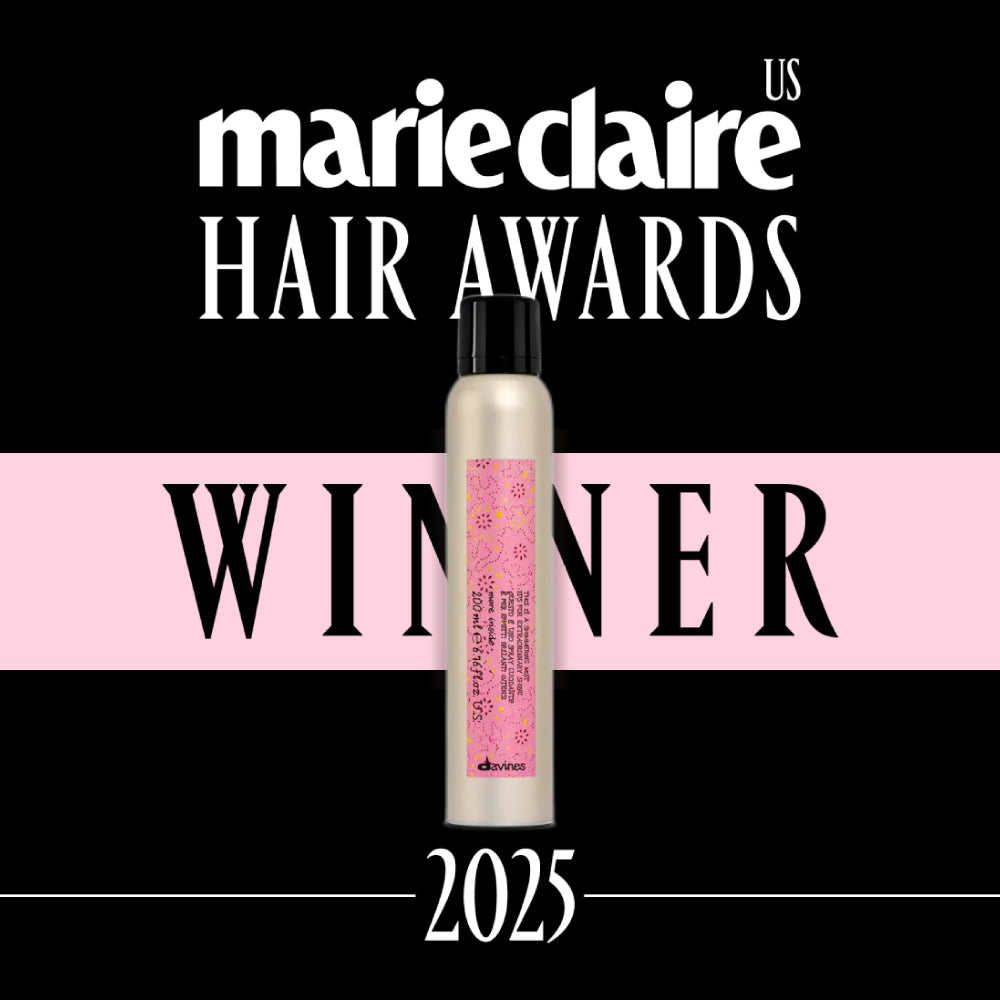

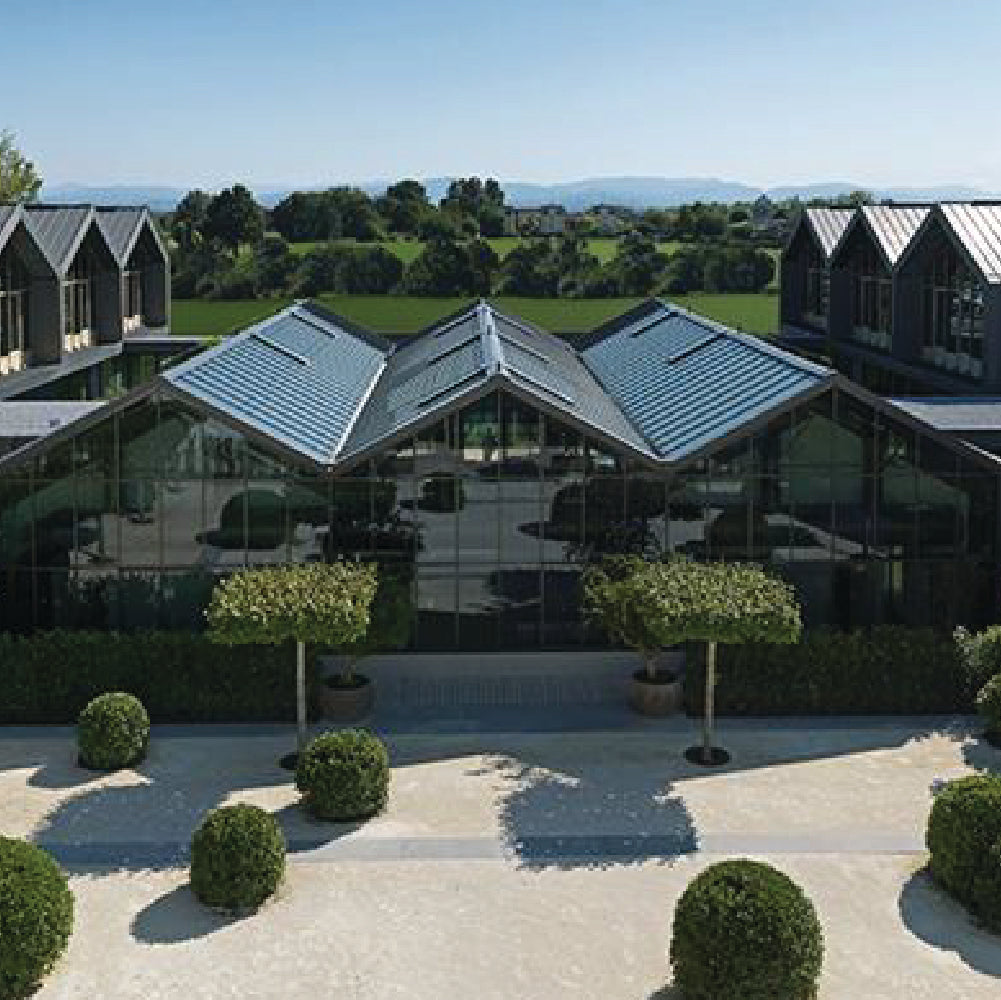
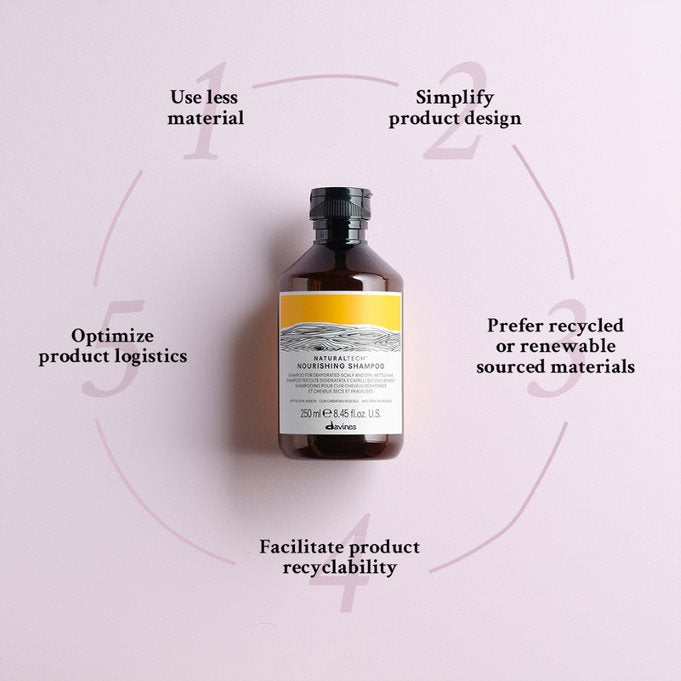
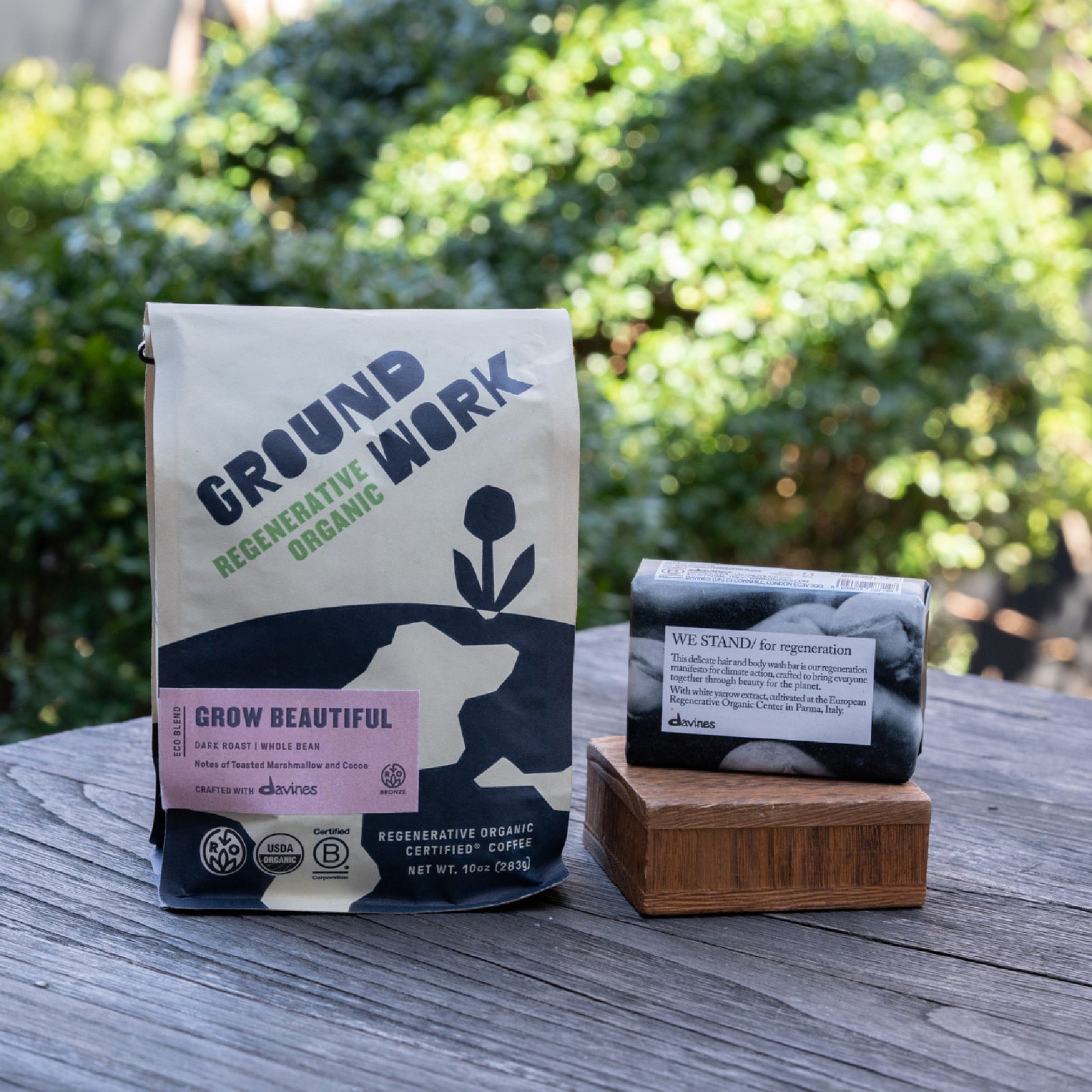
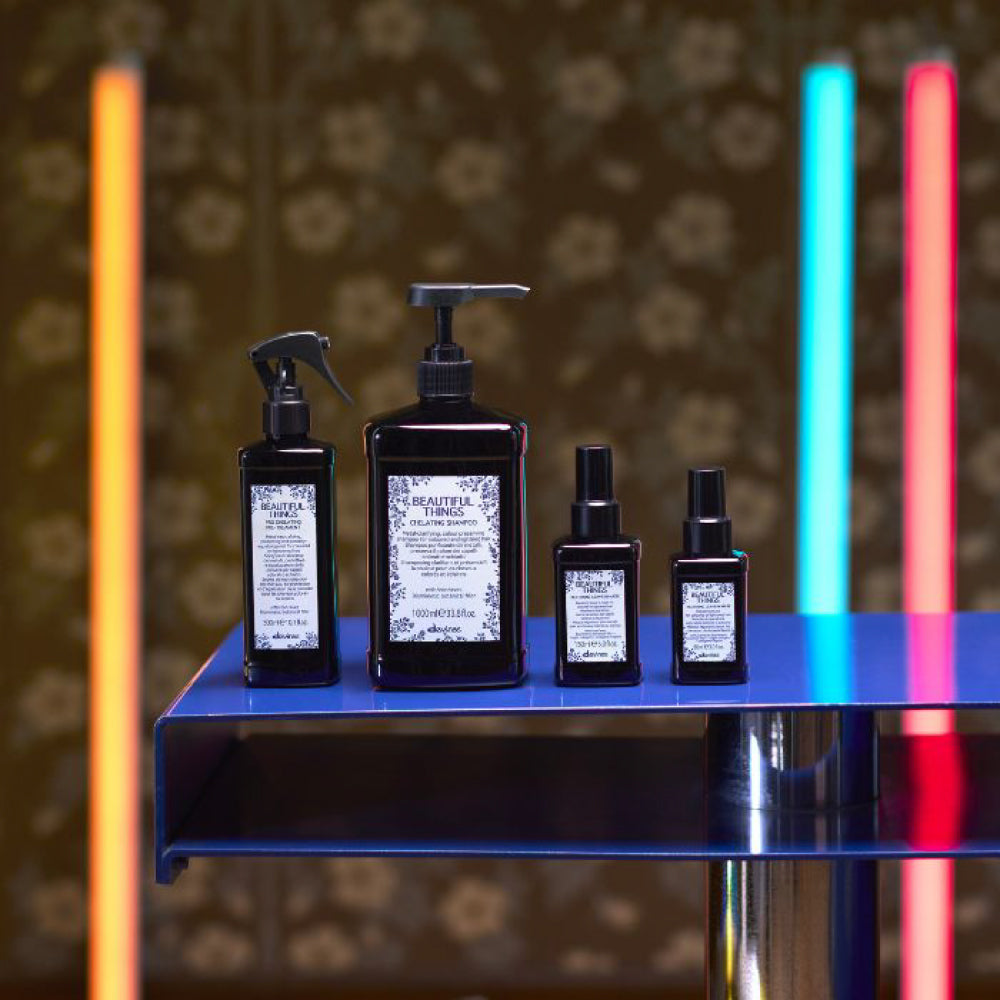
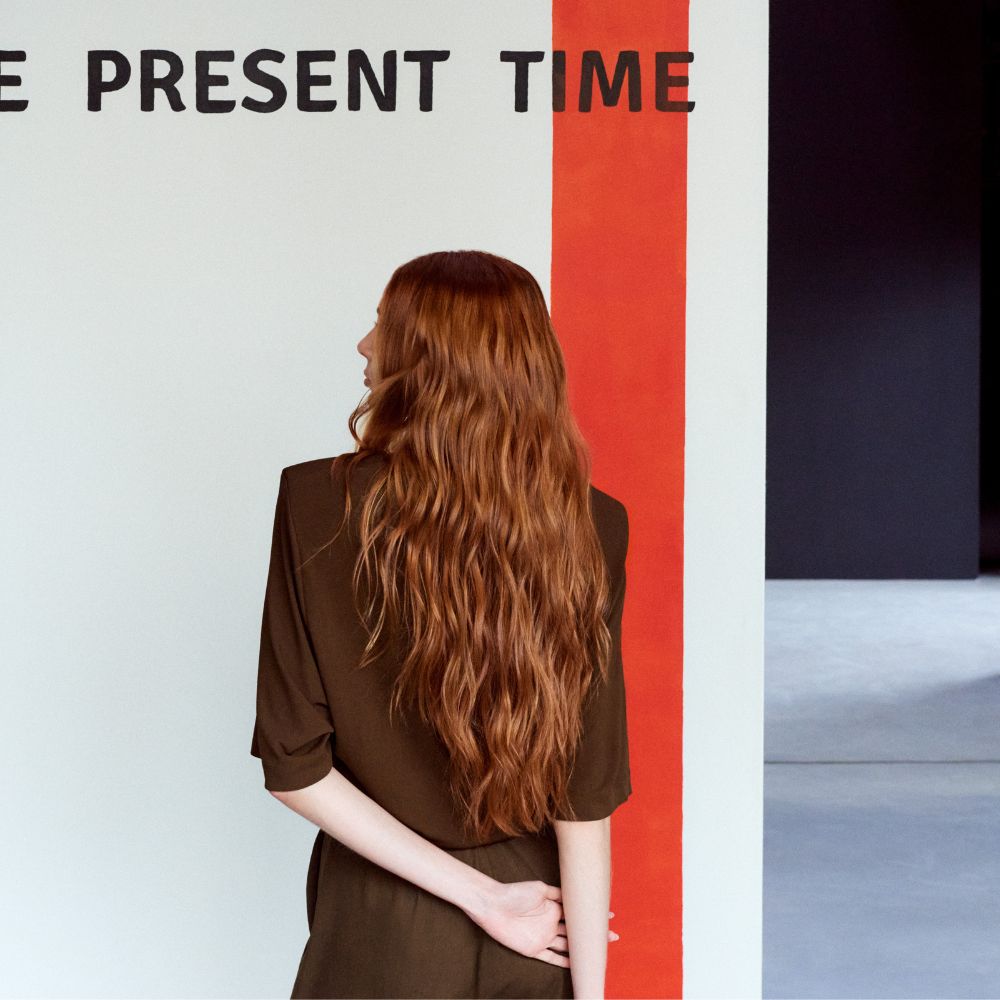
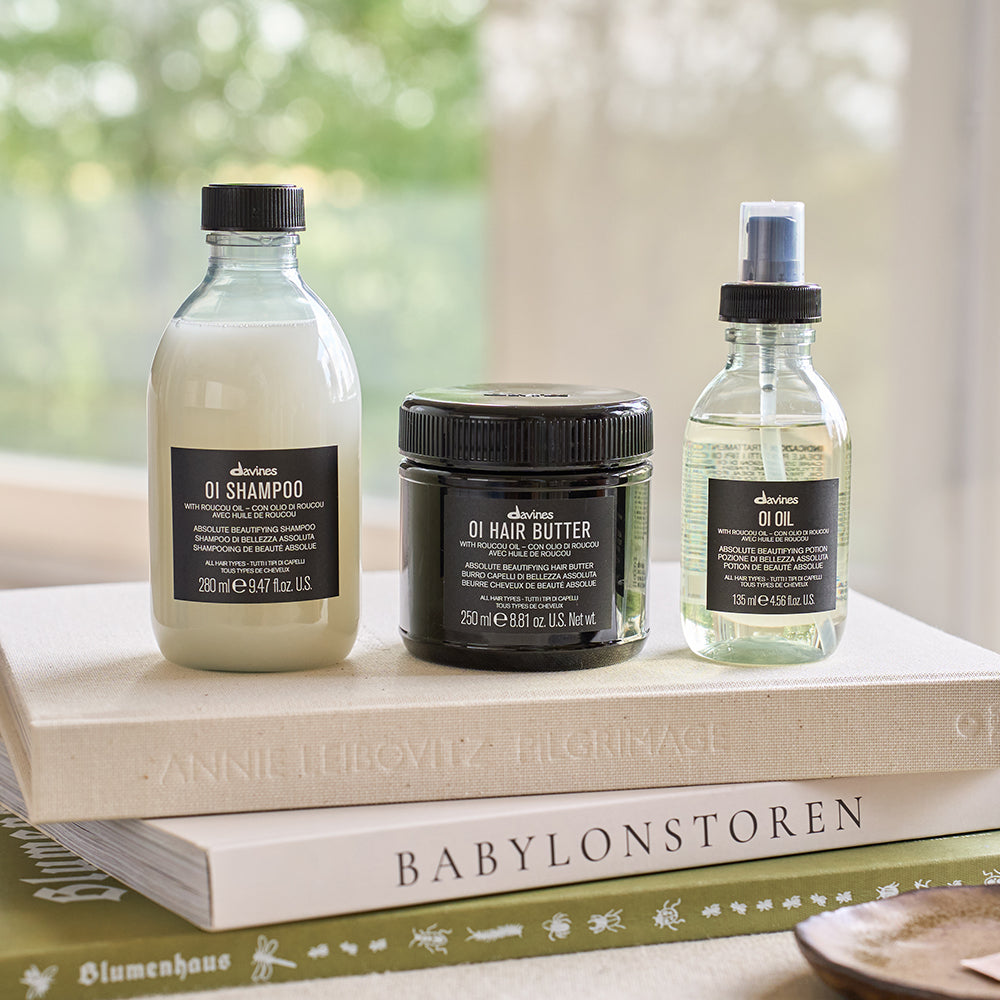
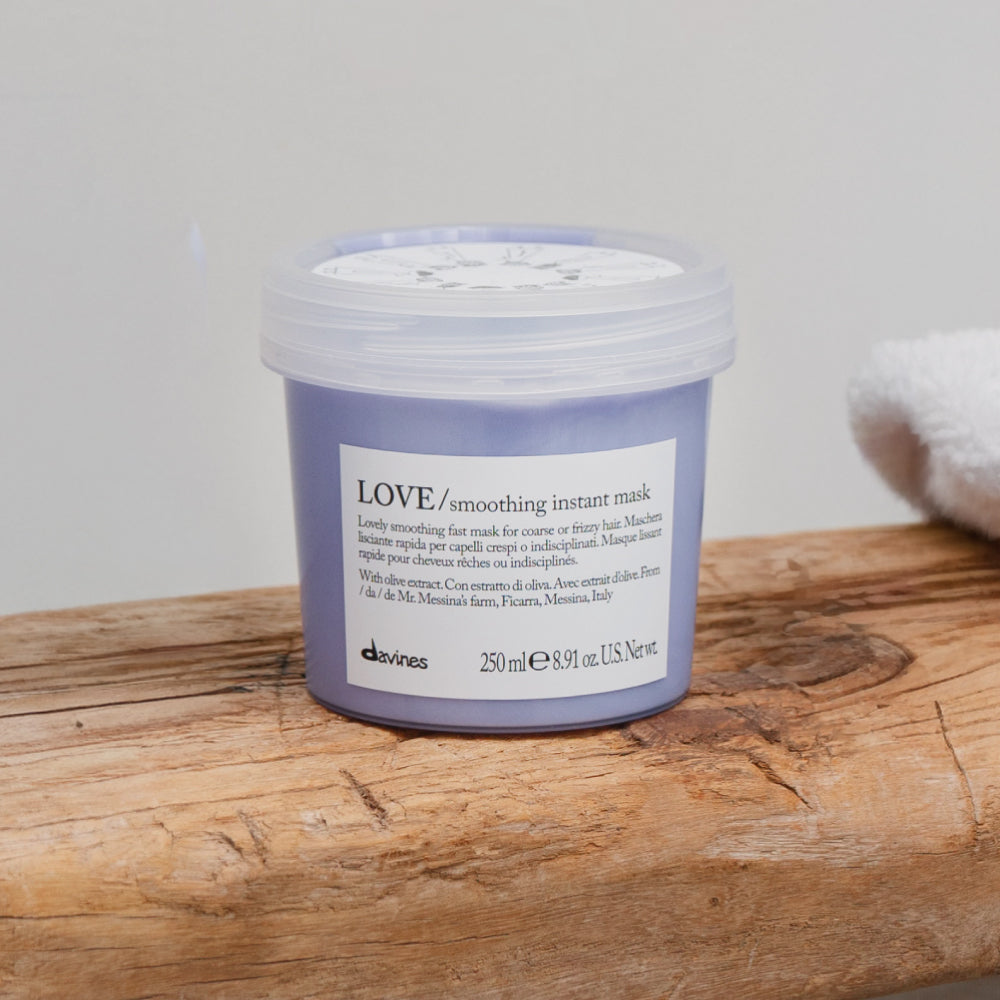

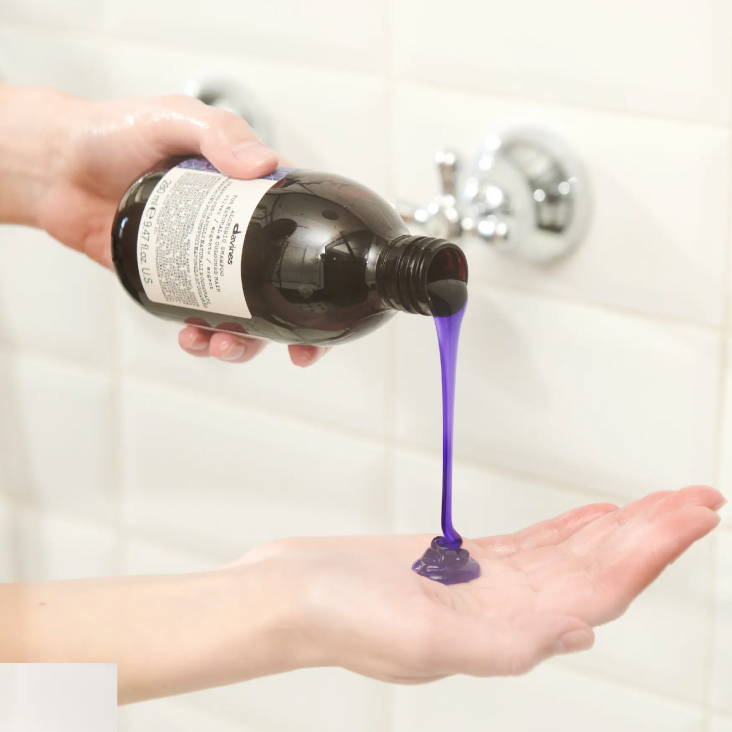
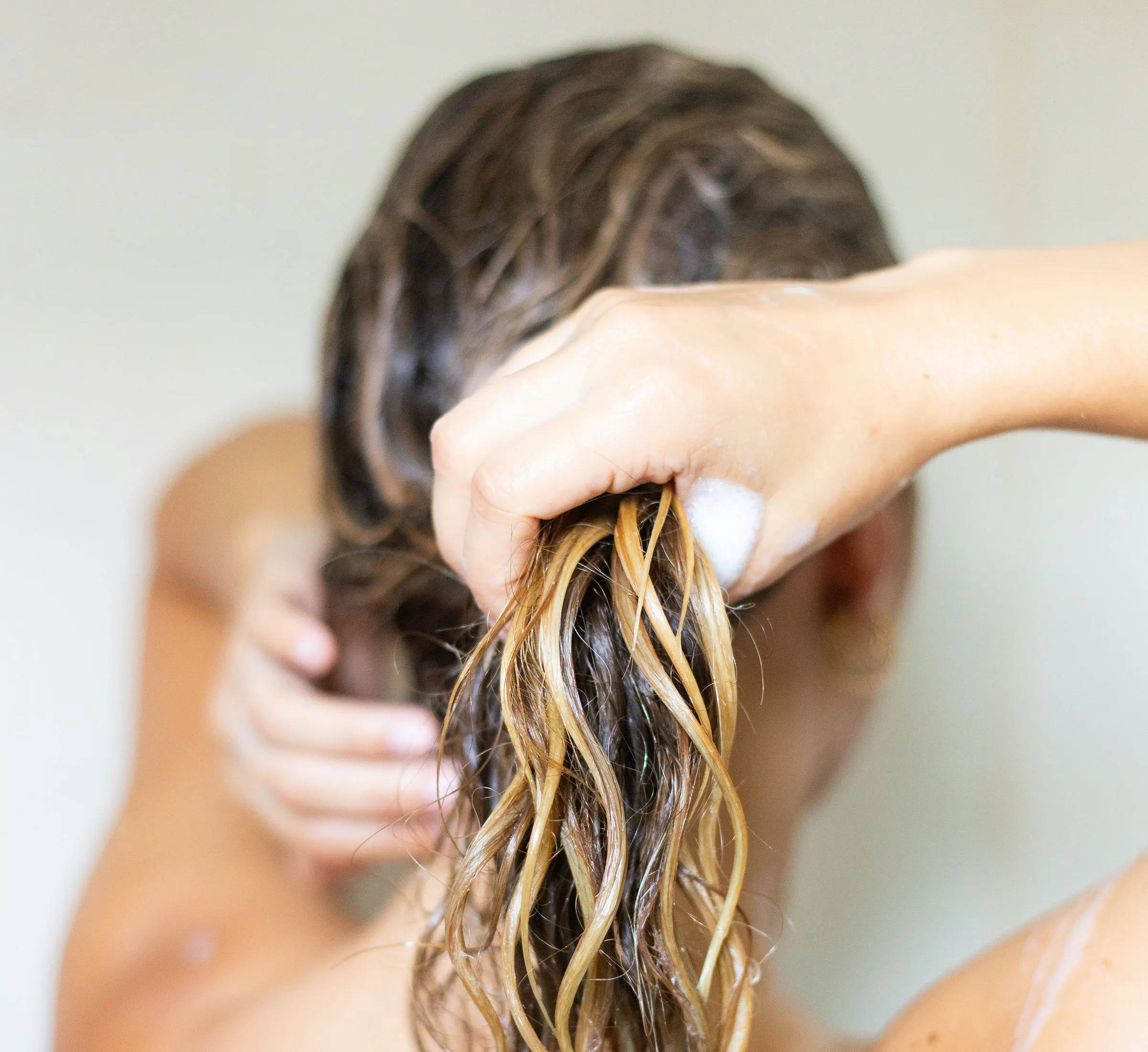
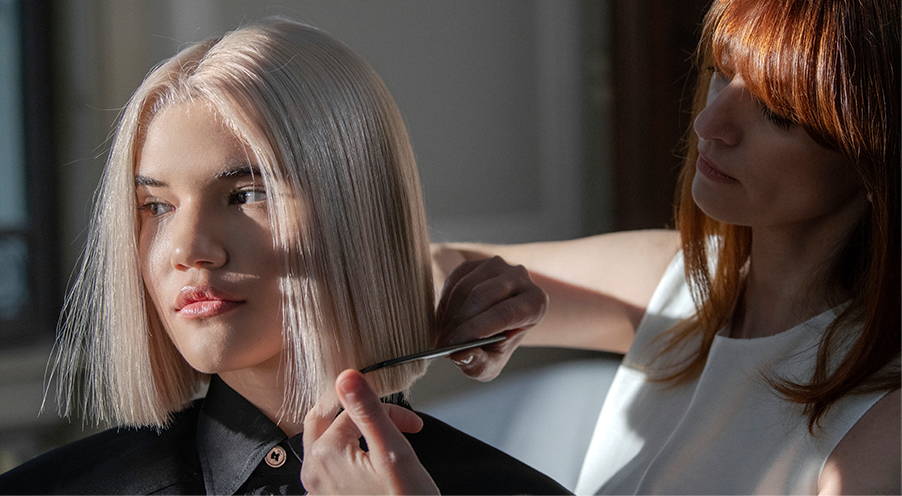

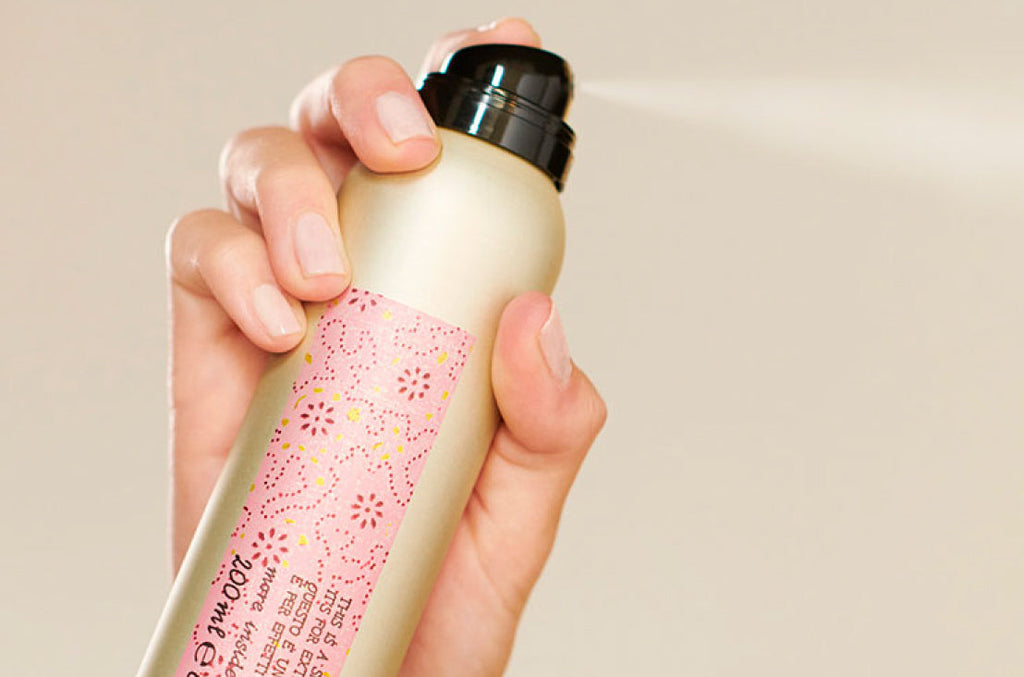
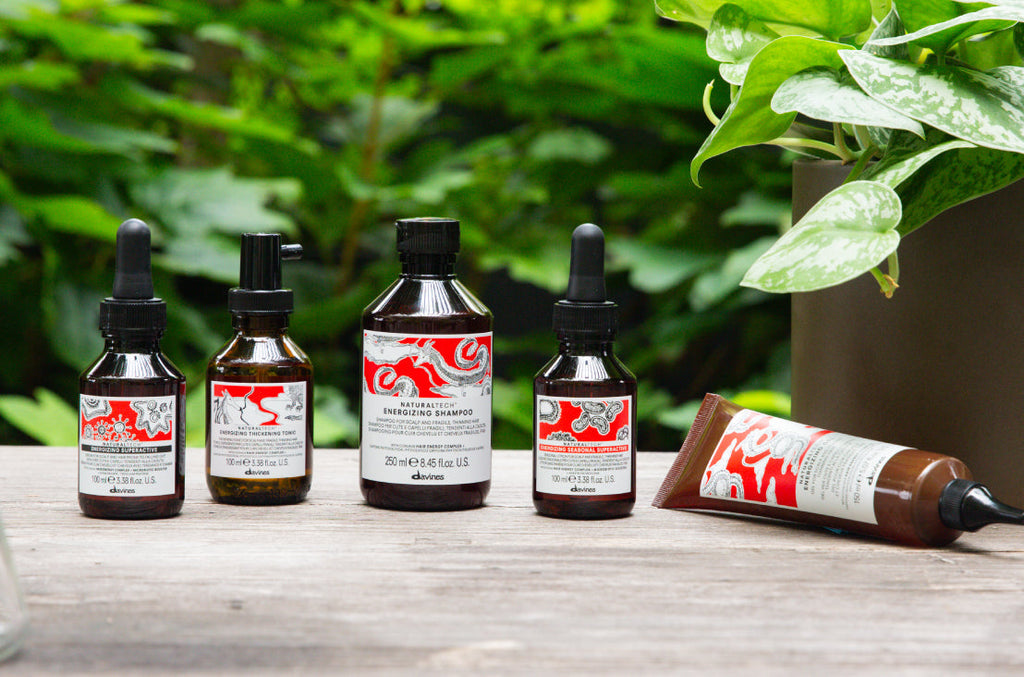
Leave a comment
Comments will be approved before showing up.